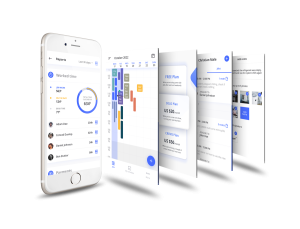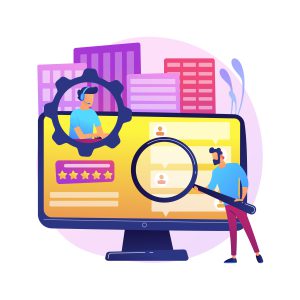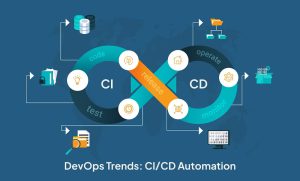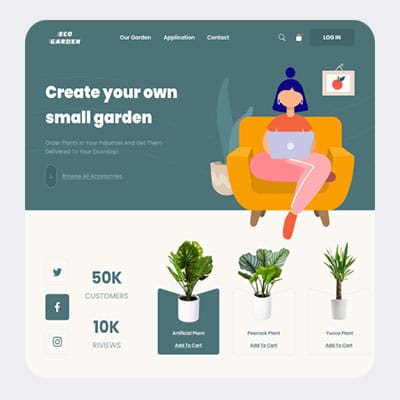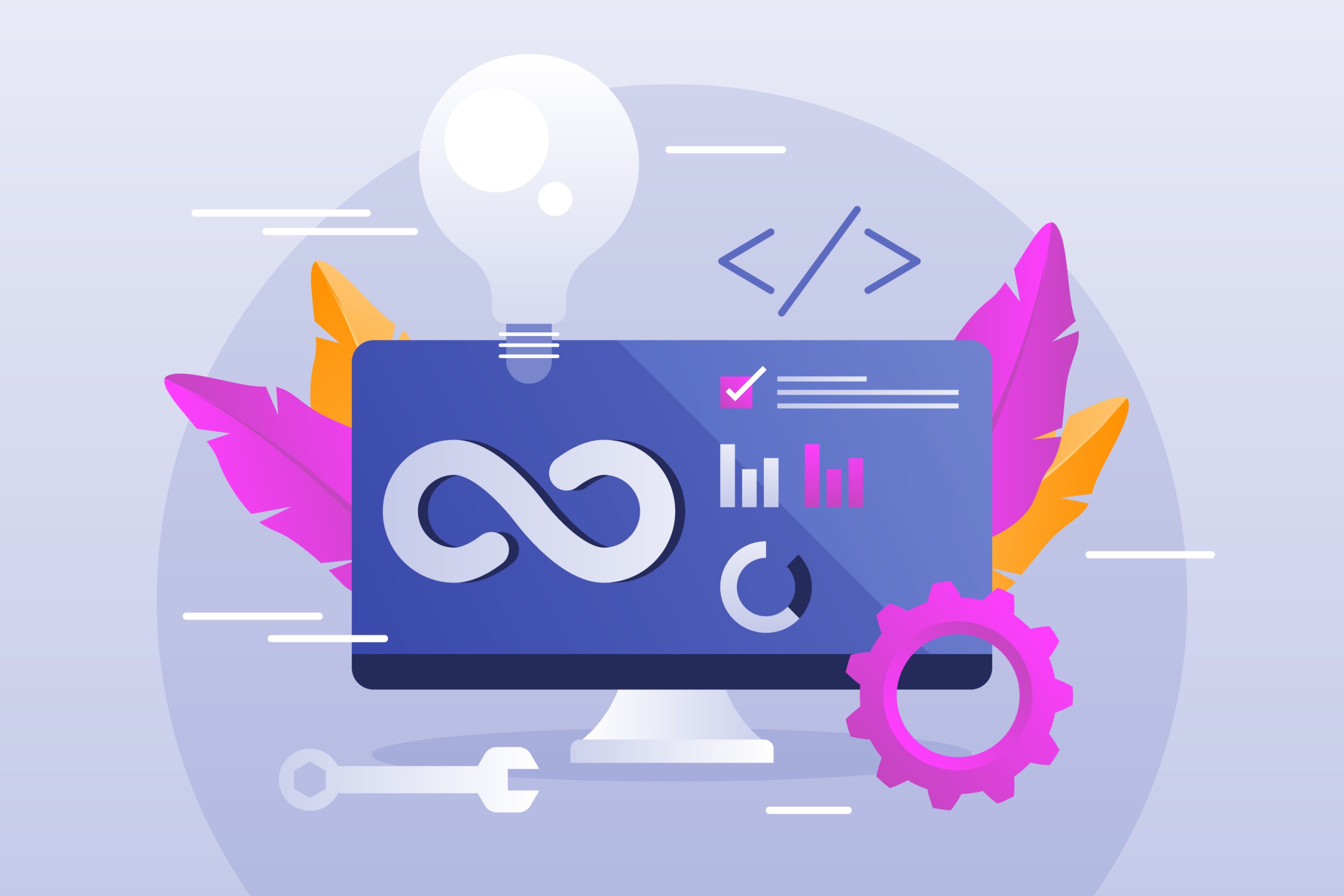In the ever-evolving landscape of software development, staying ahead of the curve is not just an advantage—it’s a necessity. As we step into 2024, let’s explore the trends that will shape the industry and empower businesses to thrive.
1. Artificial Intelligence (AI) and Machine Learning (ML) Integration
AI and ML have transcended the realm of buzzwords, becoming indispensable tools for developers. Here’s how they’re making waves:
AI-Powered Coding Tools
- GitHub’s Copilot has revolutionized code generation. It suggests snippets, functions, and even entire modules in real-time.
- Imagine an AI assistant that collaborates with you, enhancing productivity and code quality.
Predictive Algorithms and Automation
- AI-driven predictive algorithms optimize resource allocation, predict user behavior, and enhance decision-making.
- Automated code reviews save time and improve code quality.
2. Blockchain Beyond Cryptocurrencies
Blockchain technology is no longer confined to cryptocurrencies. Here’s why it matters:
Blockchain-Oriented Software (BOS) Systems
- BOS systems ensure data replication across thousands of nodes, enhancing security.
- Verification before transactions ensures trust and reliability.
Secure and Transparent Applications
- Blockchain-based apps offer robust security and transparency.
- From supply chain management to identity verification, blockchain is reshaping industries.
3. Augmented Reality (AR) and Virtual Reality (VR)
AR and VR are no longer limited to gaming. They’re transforming user experiences:
Immersive Experiences
- AR and VR create hyper-realistic simulations for training, architecture, and entertainment.
- Imagine virtually touring a property before it’s built or practicing surgery in a virtual environment.
4. Cybersecurity and Sustainable Software Development
Security and sustainability are non-negotiable:
Secure Coding Practices
- Developers must prioritize secure coding techniques.
- Regular vulnerability assessments and threat mitigation are essential.
Sustainable Software Solutions
- Efficient resource utilization reduces environmental impact.
- Sustainable practices align with corporate social responsibility.
5. Quantum Computing on the Horizon
Quantum computing promises exponential computational power. Although still in its infancy, it’s a trend to watch.
Quantum Algorithms and Cryptography
- Quantum algorithms can solve complex problems faster than classical computers.
- Quantum-resistant cryptography will be crucial as quantum computers threaten traditional encryption.
6. Edge Computing and IoT
Edge computing brings computation closer to data sources. Coupled with IoT, it’s a game-changer:
Reduced Latency
- Edge devices process data locally, minimizing latency.
- Real-time applications, such as autonomous vehicles and smart cities, benefit significantly.
7. DevOps 2.0: Merging Development and Operations
DevOps evolves to address scalability, security, and collaboration:
Automated CI/CD Pipelines
- DevOps 2.0 emphasizes automated pipelines for continuous integration and delivery.
- Security and compliance are integrated from the start.
8. Low-Code and No-Code Development
Empowering citizen developers:
Rapid Prototyping and Customization
- Low-code platforms enable faster development cycles.
- No-code tools allow non-developers to create applications without coding expertise.
9. Privacy-First Design
Privacy regulations drive a shift in design philosophy:
Data Minimization and Consent
- Developers prioritize data privacy by minimizing collection and obtaining user consent.
- Privacy-enhancing technologies gain prominence.
10. Cloud-Native Architecture
Cloud-native development is the new norm:
Microservices and Containers
- Scalability, resilience, and agility are achieved through microservices.
- Containers streamline deployment and management.
Conclusion:
As software developers, our responsibility extends beyond code. We shape the digital world, impacting lives and businesses. Embrace these trends, innovate responsibly, and build a future that’s secure, sustainable, and transformative.

